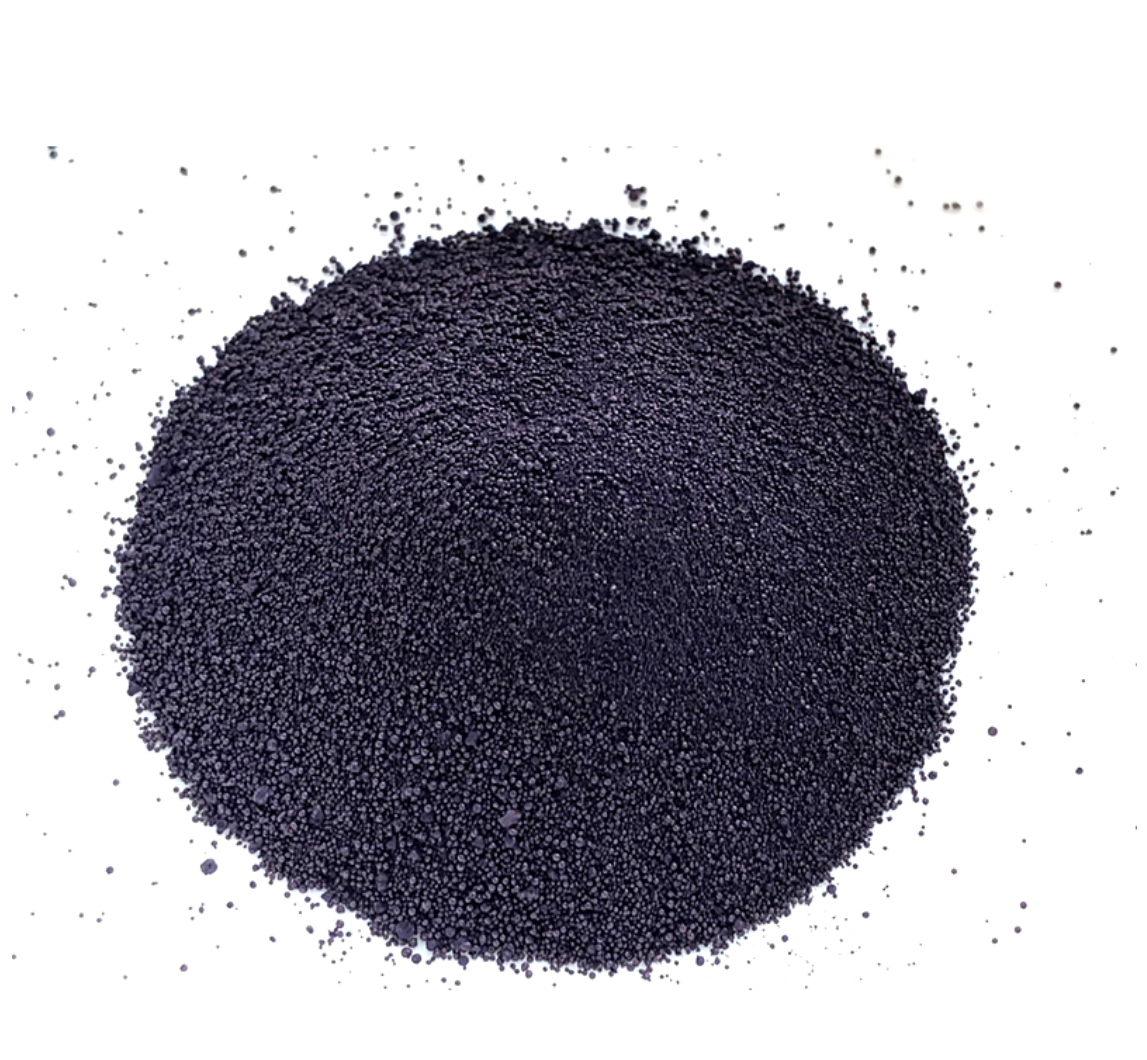indigo dye for jeans manufacturer
Indigo Dye The Heart of Denim Production
Indigo dye has been a fundamental component in the textile industry for centuries, particularly in the production of denim. Known for its deep blue hue, this dye has secured a prominent place in the fashion landscape, and it continues to be a crucial ingredient for jeans manufacturers around the world. In this article, we will explore the history, production process, and significance of indigo dye in today’s denim market.
The History of Indigo Dye
The use of indigo dye dates back thousands of years, making it one of the oldest dyes used in human history. Originating in ancient civilizations such as Egypt, India, and China, indigo was derived from plants like Indigofera tinctoria. Over time, the unique properties of indigo made it a sought-after commodity, leading to its trade along ancient trade routes. The process of extracting and applying indigo dye evolved, and by the late 19th century, synthetic indigo was developed, revolutionizing the dye industry.
The Importance of Indigo in Denim
Denim, a sturdy cotton twill fabric, became popular in the United States during the Gold Rush, particularly for workwear. The combination of denim and indigo dye gave birth to the classic blue jeans we know today. The dyeing process involves dipping the fabric multiple times into an indigo vat, allowing the fabric to absorb the dye and achieve a rich blue color. This characteristic fading effect, which occurs over time with wear, has contributed to the allure of denim. The unique aging and fading process of indigo-dyed jeans is often revered in fashion circles.
The Production Process of Indigo Dye
The production of indigo dye involves several steps. First, the indigo plants must be harvested and processed. This requires fermenting the leaves to convert the indican (a glycoside present in the plant) into indigo. The fermentation process creates a liquid dye known as “indigo leuco,” which is the soluble form of indigo.
indigo dye for jeans manufacturer

Once the dye is prepared, the denim fabric is then immersed in the indigo vat. The dyeing process demands precision; the number of dips determines the depth of blue. After dyeing, the fabric is oxidized, allowing the indigo to convert back to its insoluble form and bond with the fibers. This complex process, along with the skill of the artisans involved, results in the unique characteristics of each piece of denim fabric.
Environmental Concerns and Innovations
Despite its long history and popularity, the production of indigo dye, particularly synthetic variants, has raised serious environmental concerns. Traditional dyeing methods often involve toxic chemicals and large quantities of water, leading to pollution and waste. In response to these issues, jeans manufacturers are increasingly looking for sustainable practices.
Many have started to explore natural indigo as an alternative, which involves using plant-based indigo and eco-friendly dyeing processes. Innovations such as waterless dyeing technology and the use of organic cotton are also gaining traction. Brands that prioritize sustainability not only reduce their environmental impact but also appeal to a growing market of environmentally conscious consumers who value transparency and ethical practices in fashion.
The Future of Indigo Dye in Denim
As the fashion industry evolves, the role of indigo dye in denim production remains pivotal. With the resurgence of interest in vintage aesthetics and a focus on sustainability, indigo-dyed denim is once again at the forefront of fashion. The unique appeal of indigo lies not just in its color, but also in the individual stories each piece of denim tells.
In conclusion, indigo dye is more than just a coloring agent for jeans; it embodies a rich cultural heritage and an enduring legacy in the textile industry. As jeans manufacturers navigate the balance between tradition and innovation, indigo continues to inspire creativity and craftsmanship in denim production. Whether it's through the revival of artisanal techniques or the adoption of sustainable practices, indigo dye will undoubtedly remain an integral part of the denim narrative for years to come.
-
The Timeless Art of Denim Indigo Dye
NewsJul.01,2025
-
The Rise of Sulfur Dyed Denim
NewsJul.01,2025
-
The Rich Revival of the Best Indigo Dye
NewsJul.01,2025
-
The Enduring Strength of Sulphur Black
NewsJul.01,2025
-
The Ancient Art of Chinese Indigo Dye
NewsJul.01,2025
-
Industry Power of Indigo
NewsJul.01,2025
-
Black Sulfur is Leading the Next Wave
NewsJul.01,2025

Sulphur Black
1.Name: sulphur black; Sulfur Black; Sulphur Black 1;
2.Structure formula:
3.Molecule formula: C6H4N2O5
4.CAS No.: 1326-82-5
5.HS code: 32041911
6.Product specification:Appearance:black phosphorus flakes; black liquid

Bromo Indigo; Vat Bromo-Indigo; C.I.Vat Blue 5
1.Name: Bromo indigo; Vat bromo-indigo; C.I.Vat blue 5;
2.Structure formula:
3.Molecule formula: C16H6Br4N2O2
4.CAS No.: 2475-31-2
5.HS code: 3204151000 6.Major usage and instruction: Be mainly used to dye cotton fabrics.

Indigo Blue Vat Blue
1.Name: indigo blue,vat blue 1,
2.Structure formula:
3.Molecule formula: C16H10N2O2
4.. CAS No.: 482-89-3
5.Molecule weight: 262.62
6.HS code: 3204151000
7.Major usage and instruction: Be mainly used to dye cotton fabrics.

